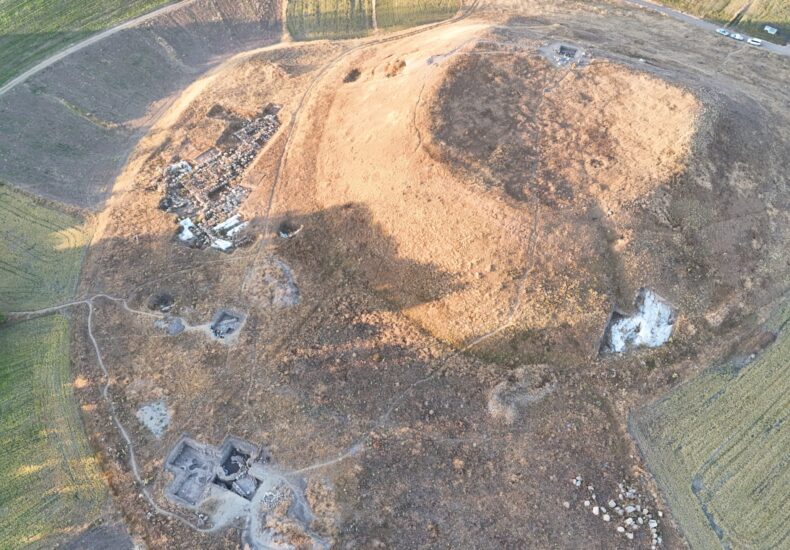
Ritual Infant Remains Discovered at Hittite Site of Uşaklı Höyük in Central Anatolia
The 2025 excavation season at Uşaklı Höyük in Central Anatolia concluded with a striking discovery relevant to both archaeology and Hittite history. The Italian Archaeological Mission from the University of Pisa uncovered infant remains around a monumental structure known as the “Circular Building,” believed to have ritual significance.
Excavations focused primarily on terrace areas to the north of the mound. Architectural features and floor layers dating to the Hittite settlement phase of the late 2nd millennium BCE were documented. Among the findings, a tooth from an infant was recovered beneath the eastern floor, complementing an intact newborn skeleton found in previous seasons, the remains of another infant, and fragments belonging to four perinatal individuals. Notably, these remains were not arranged according to conventional burial practices; instead, they appeared scattered alongside animal bones, ash, and ceramic shards.
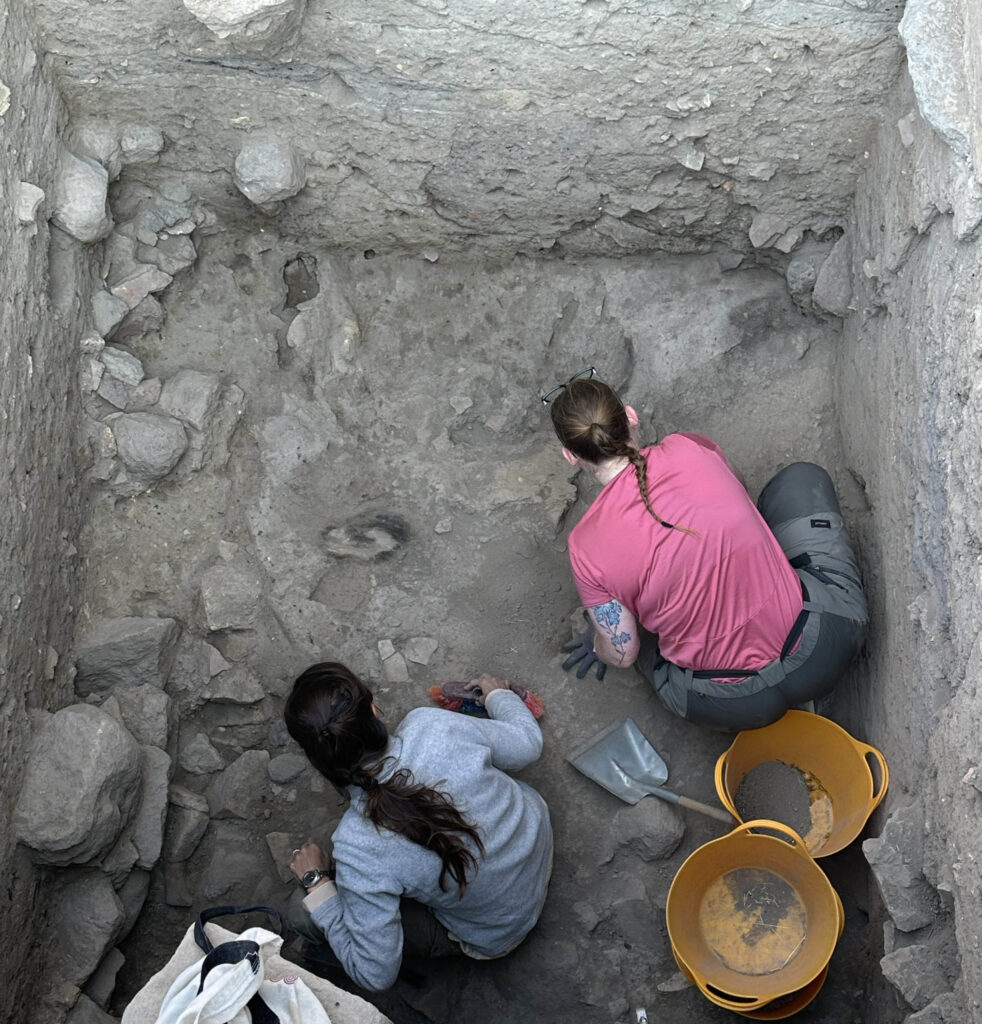
Hittite written sources remain silent on the funerary treatment of children. However, in the broader Near East and some Mediterranean cultures, it is known that deceased infants were sometimes placed inside dwellings, ceramic vessels, or sacred spaces. Comparable to the “tophet” cemeteries identified in Phoenician and Carthaginian contexts, Uşaklı Höyük likely hosted a specialized area for infant remains. The direct association of this area with the Circular Building is particularly significant.
Excavation co-director Anacleto D’Agostino remarked, “The connection between the infant remains and monumental architecture offers one of the most tangible insights into Hittite ritual and concepts of death.” Ongoing DNA analyses of the recovered tooth are expected to shed light on the biological origins of the local population.
📣 Our WhatsApp channel is now LIVE! Stay up-to-date with the latest news and updates, just click here to follow us on WhatsApp and never miss a thing!!
The 2025 campaign extended beyond the ritual area, generating extensive data on the site’s continuous occupation from the Iron Age to the Hellenistic period through faunal and botanical remains, ceramics, and architectural elements. The painted ceramic repertoire from the Late Bronze Age expanded, with evidence of domesticated animals such as goats, cattle, horses, and even hedgehogs. The discovery of animal bone concentrations in certain pits suggests possible feasting or ritual activities.
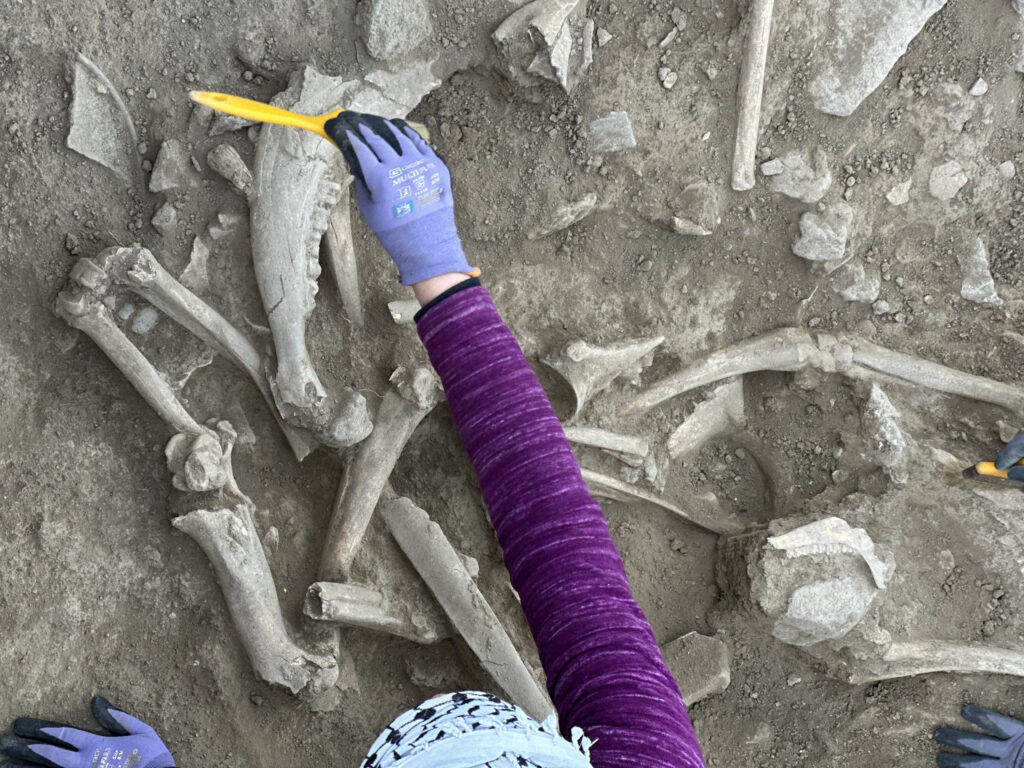
Collectively, these findings reinforce the identification of Uşaklı Höyük with the ancient Hittite city of Zippalanda. Hittite texts describe Zippalanda as a major cult center dedicated to the Storm God, notable for its royal residence and sacred precincts. The large public building uncovered in the lower town is considered potentially connected to this religious complex.
Since 2008, excavations at Uşaklı Höyük have involved archaeologists, specialists, and students from numerous Italian and Turkish universities. The 2025 season was coordinated by the University of Pisa with contributions from Koç University ANAMED, the Universities of Siena, Florence, UCL London, Sapienza Rome, Hacettepe, Glasgow, Kastamonu, and Bozok. Faunal analyses were conducted by Claudia Minniti (Sapienza Rome), while human remains studies were led by Yılmaz Selim Erdal (Hacettepe University).
According to the research team, this year’s discoveries not only advance Hittite archaeology but also add a new dimension to the cultural and ritual history of Central Anatolia. With forthcoming DNA and laboratory results, a clearer understanding of the Circular Building’s function and Uşaklı Höyük’s role in the Hittite world is anticipated.
Dipartimento di Informazione e Cultura dell’Università di Pisa
You may also like
- A 1700-year-old statue of Pan unearthed during the excavations at Polyeuktos in İstanbul
- The granary was found in the ancient city of Sebaste, founded by the first Roman emperor Augustus
- Donalar Kale Kapı Rock Tomb or Donalar Rock Tomb
- Theater emerges as works continue in ancient city of Perinthos
- Urartian King Argishti’s bronze shield revealed the name of an unknown country
- The religious center of Lycia, the ancient city of Letoon
- Who were the Luwians?
- A new study brings a fresh perspective on the Anatolian origin of the Indo-European languages
- Perhaps the oldest thermal treatment center in the world, which has been in continuous use for 2000 years -Basilica Therma Roman Bath or King’s Daughter-
- The largest synagogue of the ancient world, located in the ancient city of Sardis, is being restored

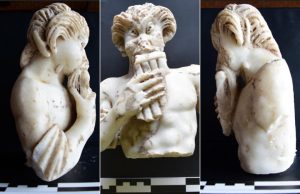
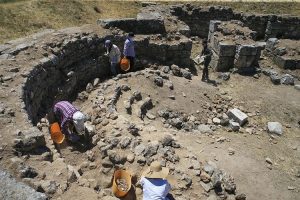
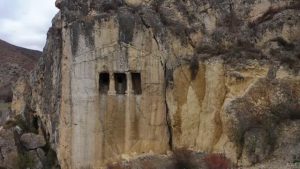
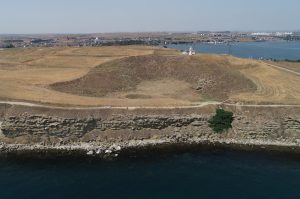
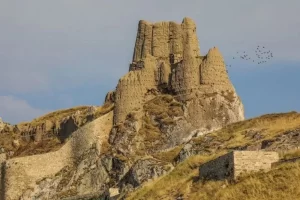
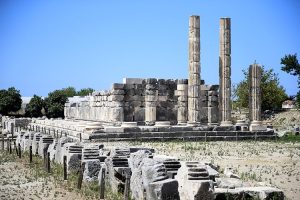
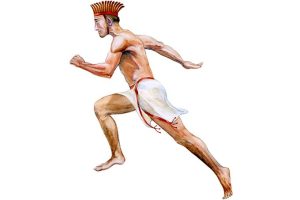

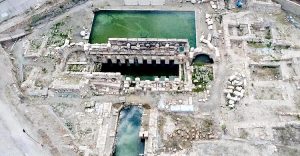
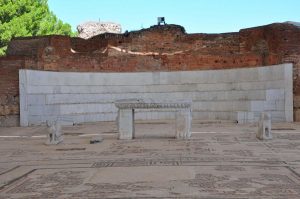
Leave a Reply